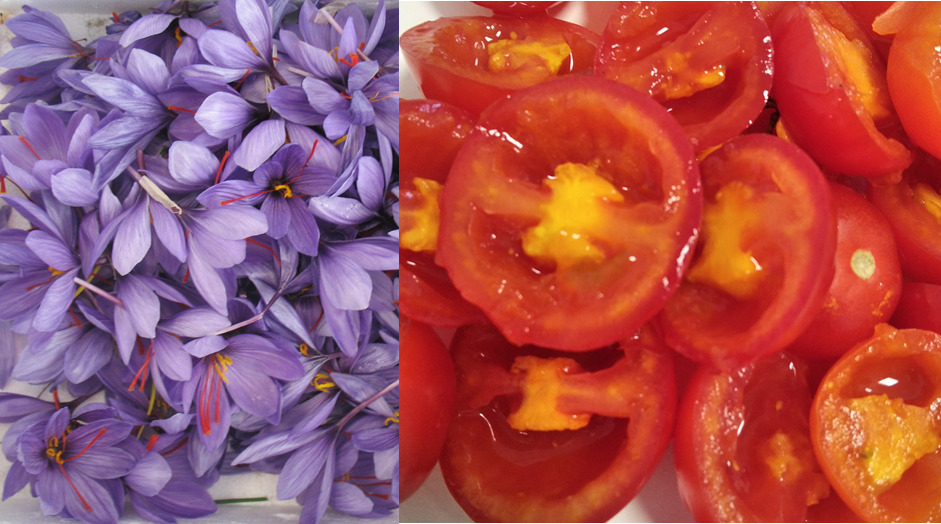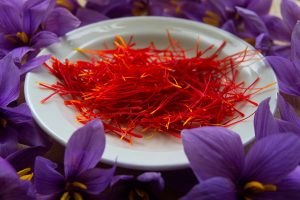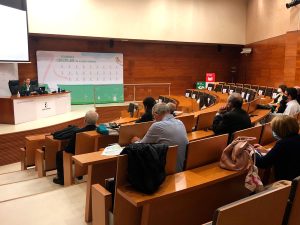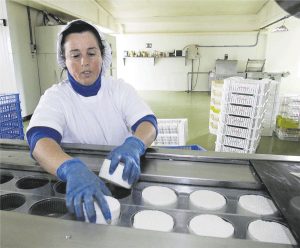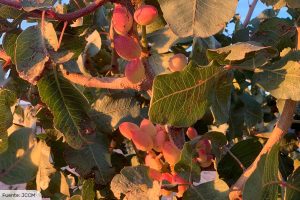The Molecular Biology and Plant Physiology group of the Botanical Institute of the University of Castilla-La Mancha (UCLM), together with researchers from the Institute of Plant Molecular and Cellular Biology (IBMCP-CSIC) have published a study detailing how tomatoes with saffron genes have been created. The new plant, which the researchers have named 'Tomafrán', shows a high antioxidant capacity.
The tomato fruit was chosen by the group of researchers as a "widely cultivated crop that can be used to increase production and potentially offer a standardized and controlled natural source of crocins and picrocrocin for pharmacological use", as indicated.
In the present work The research team explains how the saffron genes were inserted into the tomato plant, "which code for the enzymes for the synthesis of crocins and picrocrocin," they point out, which led to the obtaining of tomato fruits with levels of 14,48, 2,92 mg/g of crocins and XNUMX mg/g of picrocrocin, in dry weight, very high amounts that to date had not been obtained. “This would allow the production of crocins and picrocrocin to be scaled up at a relatively low cost. A local industry could prepare these compounds from tomatoes because they are soluble and easy to extract, being able to obtain a purified product with a relatively simple technology”, they add.
These genetically modified tomatoes show high antioxidant capacity "and are able to protect against neurological disorders in a model of Caenorhabditis elegans of Alzheimer's disease”. Some experiments that open the doors to carrying out future studies in other models such as animals and their jump to human trials.
The result of this joint work, financed by the regional government and the Ministry of Science and Innovation, has been published in the prestigious magazine Horticulture Research.
“Vegetable apocarotenoids have a great impact on human health, generating health benefits by preventing or controlling chronic diseases or their symptoms, which is why they are exploited by different industrial sectors such as pharmaceuticals and agri-food. Among these compounds, the Apocarotenoids of saffron stand out: crocins and picrocrocin, which are responsible for the organoleptic and medicinal properties of saffron, which include, among others, anti-inflammatory, antidepressant, anti-aging and wound healing effects.


